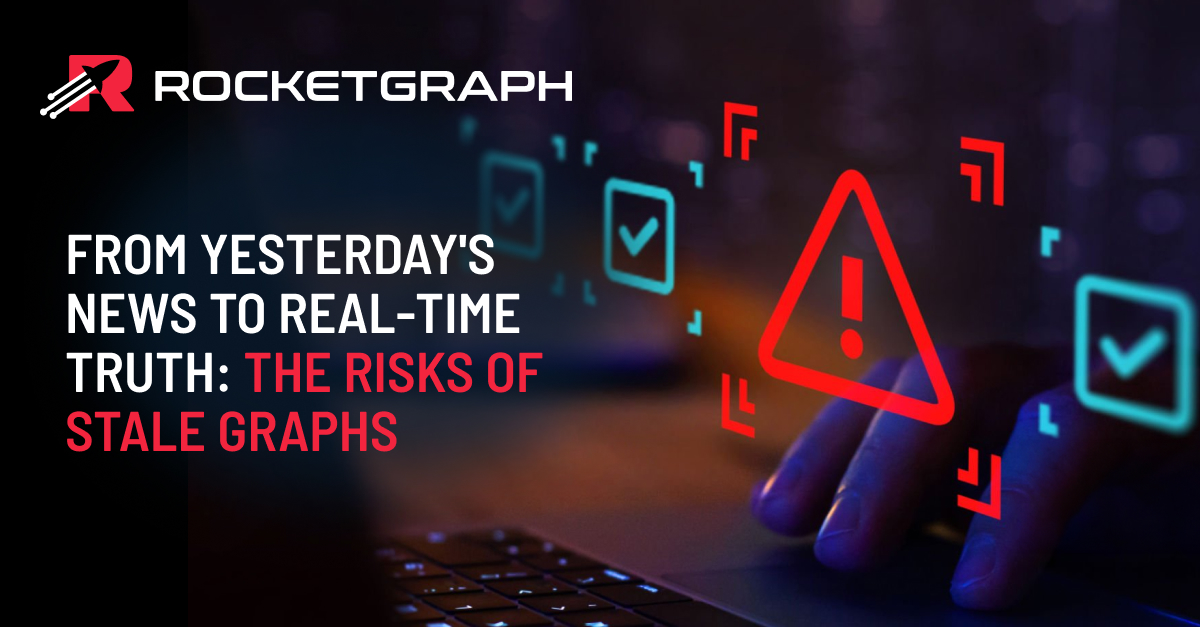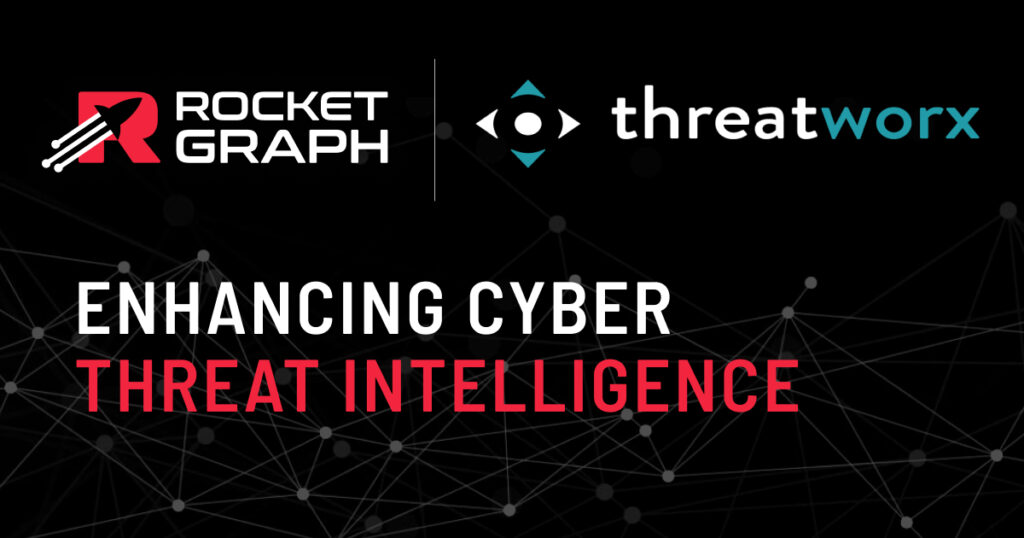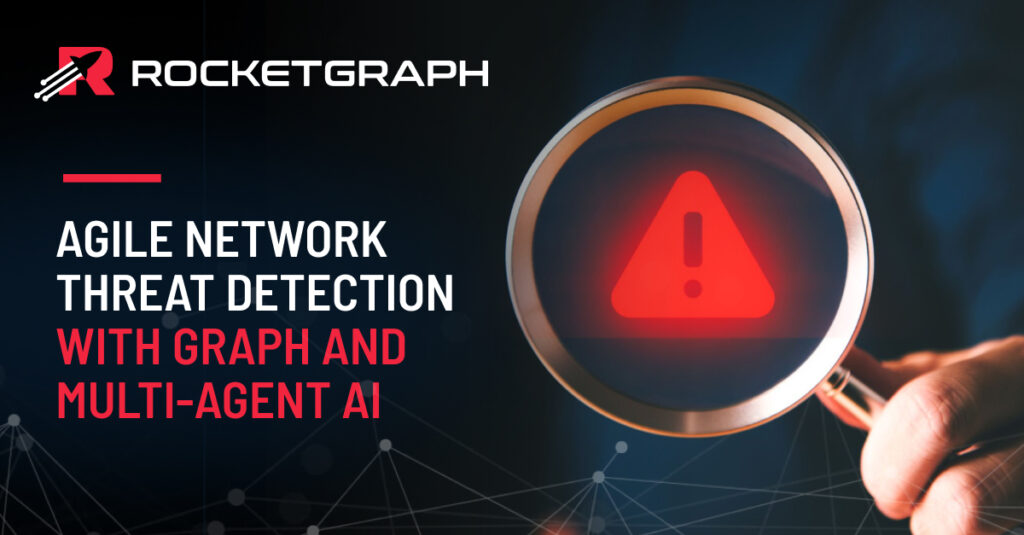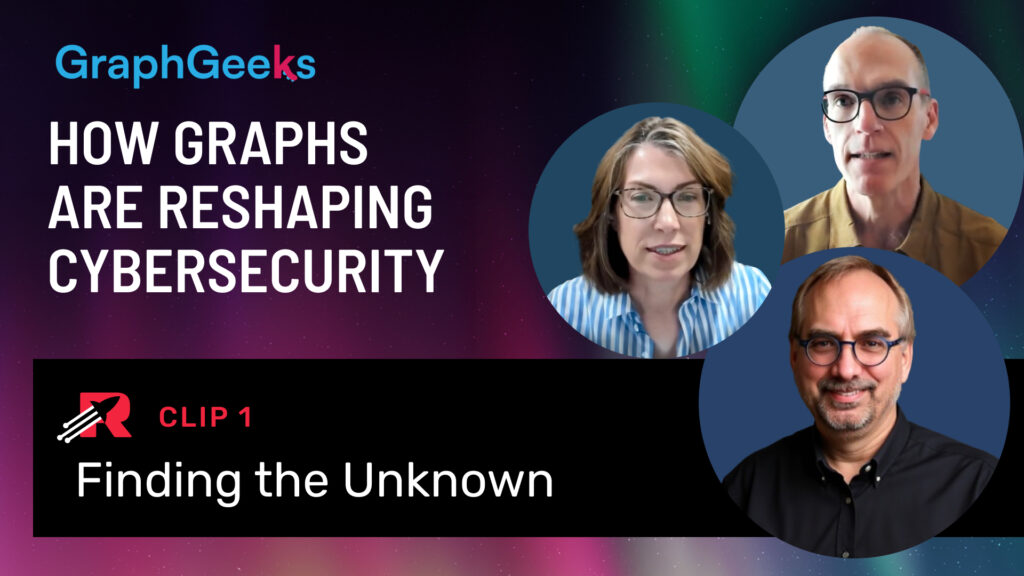In the race to uncover insights from complex data, enterprises are turning to graph analytics. Graphs offer a powerful way to map relationships, detect patterns, and act on connections that other models miss. But one uncomfortable truth lurks behind the rise of mainstream graph databases: most of them are giving you yesterday’s news.
The Problem with Persisted Graphs
What do we mean by this? There is a problem with persisted graphs. Legacy graph databases treat the graph as a data store. You load the graph from source data, shape it into a schema, persist it — and then query it later.
But here’s the catch: data always changes. Relationships evolve. Nodes disappear. New edges emerge. By the time you run your query, your graph is already out of date.
This isn’t just a performance problem. It’s a correctness problem. Even a single missing relationship in a highly-connected graph can invalidate an entire query. In domains like cybersecurity, supply chain, and fraud detection, those misfires are not academic — they carry the risk of being catastrophic.
A Graph Is a View, Not a Store
Which means a different approach is needed. This is where we, at Rocketgraph, come in. Our philosophy is that graphs should be a living, on-demand reflection of reality. That means:
– You don’t persist it
– You don’t reload it manually
– You don’t write complex ETL to prepare it
Instead, you generate it every time you need it — from your source(s) of record.
The Rocketgraph Difference
Our Mission Control front end features an LLM-driven, no-code interface and agentic AI that connects to your data source, infers a schema, and builds the graph automatically. The result is always complete, always fresh, and always correct. No code. No waiting.
500x Faster: Benchmark Results
The Rocketgraph Performance Lab benchmarks yielded results demonstrating that Rocketgraph outperforms graph databases like Neo4j by up to 500x on real-world cybersecurity queries. With the Rocketgraph approach, graphs are generated when needed, and as a result:
– There’s no missing recent data
– There’s no schema drift
– There’s no chance your analytics are stale
Built for Planetary Scale
Rocketgraph’s entire system is built on a high-performance, parallelized in-memory engine — inspired by our DoD supercomputing roots. That’s why we can operate at planetary scale, literally processing hundreds of billions of edges.
Ask Yourself This
If you’re using a persisted graph database, ask yourself: When was the last time you reloaded your graph?
If you’re not sure, you’re probably not working from the truth. Make sure your graphs are a living, on-demand reflection of reality — so you are always right.
Ready to transform how your organization analyzes connected data? Get started with Rocketgraph today.




